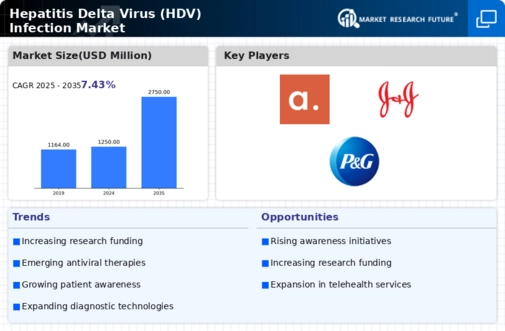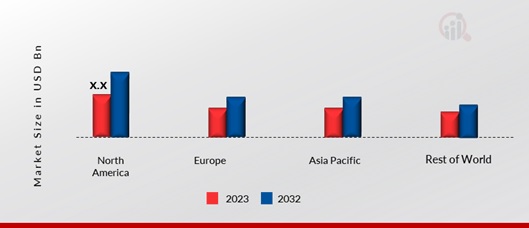Hepatitis Delta Virus Infection Market Summary
As per Market Research Future Analysis, the Hepatitis Delta Virus (HDV) Infection market is projected to grow significantly from 2023 to 2032, with a compound annual growth rate (CAGR) of 33.30%. The market is driven by the rising incidence of HDV, advancements in diagnostic tools, and increased research for targeted treatments. Chronic Hepatitis D represents the largest segment, while Interferon Alpha remains the primary treatment. Blood tests dominate the diagnosis segment, and hospitals are the leading end-users. North America holds the largest market share, followed by Europe and Asia-Pacific, which is expected to grow the fastest.
Key Market Trends & Highlights
Key trends driving the HDV Infection market include rising prevalence, technological advancements, and increased R&D efforts.
- Over 15-20 million people globally are chronically infected with HDV, highlighting the need for improved diagnostics and therapies.
- Chronic Hepatitis D accounts for the majority of HDV cases, significantly impacting healthcare systems.
- Blood tests are the most common diagnostic method, driven by demand for accurate and timely diagnosis.
Market Size & Forecast
| 2023 Market Size | Significant Value |
| 2032 Market Size | Significant Value |
| CAGR | 33.30% |
Major Players
Key players include BIOSIDUS, F. Hoffmann-La Roche Ltd., Zydus Cadila, NanoGen Healthcare Pvt. Ltd., AMEGA Biotech, Rhein-Minapharm, PROBIOMED SA de CV, 3SBio Group, and Eiger BioPharmaceuticals.














